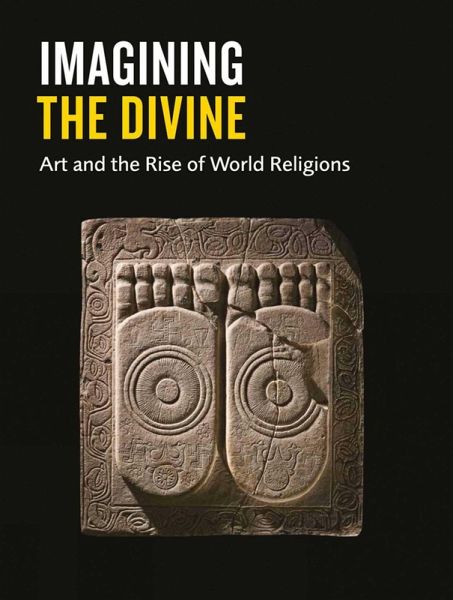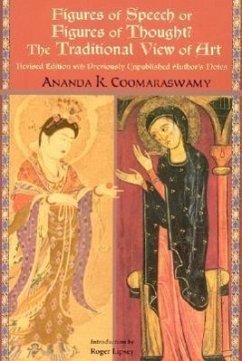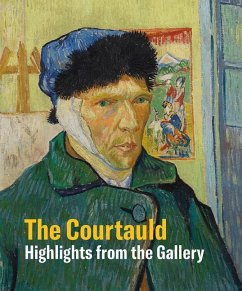Nicht lieferbar

Imagining the Divine
Art and the Rise of World Religions
Herausgeber: Lenk, Stefanie; Parpulov, Georgi
Versandkostenfrei!
Nicht lieferbar
Religion has always been a fundamental force for constructing identity, from antiquity to the contemporary world. The transformation of ancient cults into faith systems, which we recognize now as major world religions, took place in the first millennium AD, in the period we call 'Late Antiquity'. Our argument is that the creative impetus for both the emergence, and much of the visual distinctiveness of the world religions came in contexts of cultural encounter. Bridging the traditional divide between classical, Asian, Islamic and Western history, this exhibition and its accompanying catalog hi...
Religion has always been a fundamental force for constructing identity, from antiquity to the contemporary world. The transformation of ancient cults into faith systems, which we recognize now as major world religions, took place in the first millennium AD, in the period we call 'Late Antiquity'. Our argument is that the creative impetus for both the emergence, and much of the visual distinctiveness of the world religions came in contexts of cultural encounter. Bridging the traditional divide between classical, Asian, Islamic and Western history, this exhibition and its accompanying catalog highlights religious and artistic creativity at points of contact and cultural borders between late antique civilizations. This catalog features the creation of specific visual languages that belong to five major world religions: Christianity, Judaism, Buddhism, Hinduism and Islam. The imagery still used by these belief systems today is evidence for the development of distinct religious identities in Late Antiquity. Emblematic visual forms like the figure of Buddha and Christ, or Islamic aniconism, only evolved in dialogue with a variety of coexisting visualizations of the sacred. As late antique believers appropriated some competing models and rejected others, they created compelling and long-lived representations of faith, but also revealed their indebtedness to a multitude of contemporaneous religious ideas and images.












